-
Genealogy & Names
-
Tourist Information
-
Culture & Reference
1798 Rebellion
Dermot, Strongbow and the Invasion of Ireland
The Titanic and Ireland
The Vikings in Ireland
The Ancient Ogham language
Padraig Pearse
Countess Markievicz
Saint Patrick
Saint Brigid
Robert Emmet
Kevin Barry
Michael Collins
Eamon deValera
Sean Lemass
Daniel O'Connell
Charles Stewart Parnell
Wolfe Tone
Brian Boru
Grace O'Malley
James Connolly
Irish Stamps
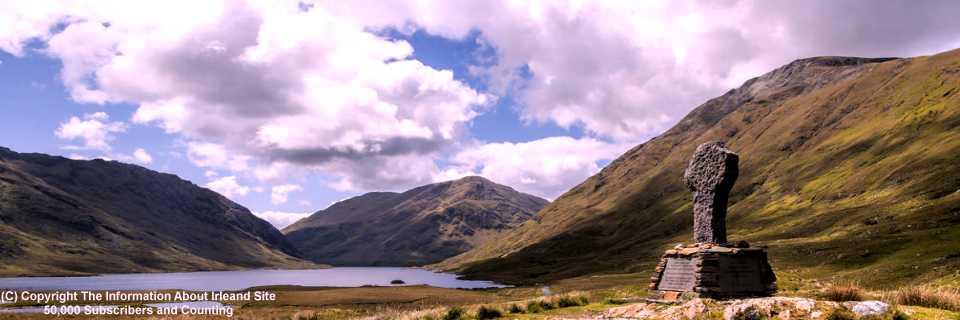
|
IN THIS ISSUE

This month we have another lyrical yarn from Pat Watson and a more sombre examination of the consequences of the Planation of Ulster on a small village in rural Ireland. We also have another look at the newspapers of old, this time remembering a bleak event in County Cavan in 1824. If you have an article or story you would like to share then please do send it in. Until next time, Michael 
P.S. Please Do Forward this Newsletter to a friend or relative. If you have a website or Facebook page or Blog (or whatever!) then you can help us out by putting a link on it to our website: www.ireland-information.com
|
||||||||||||||||||||||||

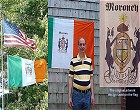
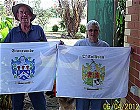
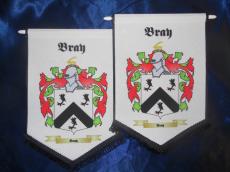
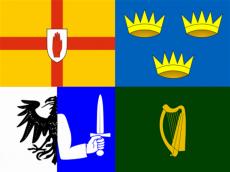
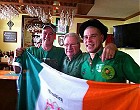
find out more |


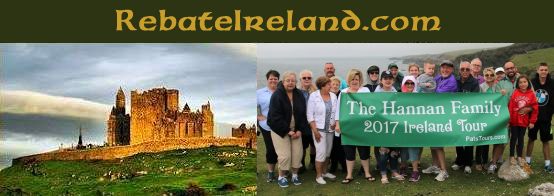
If you are involved in a Non-profit, a Family Gathering, a Church Group, or any kind of organization that has considered Touring Ireland then we can help. Our program allows groups like yours to experience the best of the Emerald Isles at competitive rates. While still being a substantial fundraiser! By participating in our 'Rebate Program' you can get a competitive group tour package and earn between US$4,000 and US$11,000 per group tour. And all without raising the traveler’s cost per tour! Interested? Well, It costs nothing to find out more. Visit this web page and complete the simple online form: https://tourismirelandgrouprebateprogram.com Or you can call us direct at +353 76 88 87066 (from USA dial 011-353-76-88-87066) and you can decide if this program is right for you. Please do mention the 'Ireland Newsletter' when you call! |

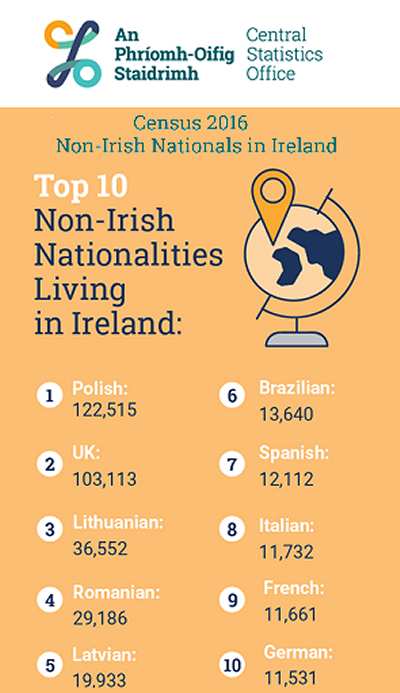 DECLINE IN IMMIGRANTS LIVING IN IRELAND
DECLINE IN IMMIGRANTS LIVING IN IRELAND
The Central Statistics Office (CSO) has released further information from the recent census that shows that there were 535,475 non-Irish people living in Ireland in April 2016. This represents a decline of 1.6% on the 2011 census numbers and reflects the reversal of the inward migration that occurred into the country during the 'Celtic Tiger' economic boom years. The largest single group of immigrants hailed from Poland (122,515), while Germany contributed 11,531 of its citizens. Ten countries accounted for 70% of the overall total. In terms of labour workforce participation 9 of these top 10 countries had a higher workforce participation rate than the national average of 61%. Immigrants from the UK had a workforce participation rate of 59.7% but this must be seen in the context of the significant number of UK citizens among this group who chose to retire and live in Ireland rather than who settled here for work purposes. CANDIDATES LINE OUT FOR PRESIDENTIAL ELECTION The election of a President would usually be a major event in a country but less so in Ireland. Unlike the United States the role of the President in Ireland is very much a ceremonial one. The President of Ireland has no real powers to influence policy and is very much a figurehead, a states-person. 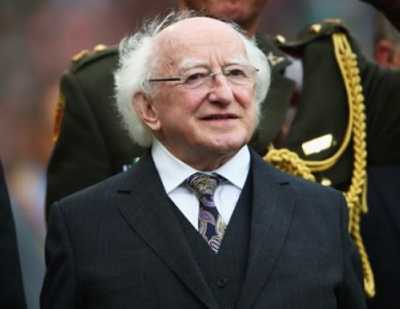
Michael D. Higgins, Current President of Ireland There are also those who regard the Presidency as little more than a glorified 'Quango', an ego-trip and a complete waste of taxpayers money. It is estimated the current 7-year term will cost over 30 Milion Euro. Despite this the election is very keenly followed by the media and politicians, even if less so by the general public. The current occupant of the coveted role is Michael D. Higgins, a former Labour Party T.D. (member of the Irish Parliament). His rivals for the job include Senator Joan Freeman, Liadh Ni Riada, Sean Gallagher, Gavin Duffy and Peter Casey. The latter three named candidates are all former judges of the reality TV program 'Dragon's Den', which is a business mentoring program in a similar style to the US TV series 'The Apprentice'. 'UNITED IRELAND' VOTE IS A POSSIBILITY AFTER BREXIT One of the strange consequences of Brexit is the possibility that a majority of people in Northern Ireland may decide to opt-out of the UK and unify with the Republic of Ireland. 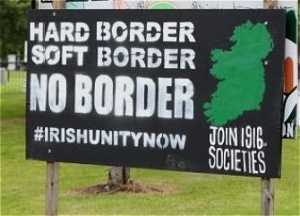
While such an outcome still remains unlikely it has inched its way closer to becoming a reality in recent weeks with the brusque standoff between the UK and EU negotiators over the terms of a British withdrawal from the European Union plummeting to new depths. The possibility of a 'no-deal' Brexit remains very strong and if that was to occur then the occupants of the Six Counties in Ulster may take action. In order for a 'border poll' to take place the UK Secretary of State would have to make a judgement that the poll would possibly succeed. Recent opinion polls show support in Ulster for remaining within the UK at 45% to 55%. So while a majority of current voters would still likely vote to stay in the UK, there is a trend of support for a United Ireland, simply because that outcome would allow the Six Counties to remain within the EU. AIRBNB IN IRELAND UNDER THE SPOTLIGHT The crisis in the Irish property rental market that has contributed to the homeless problem has brought focus onto AIRBNB, the website for short-term lettings of rooms and apartments. Issues surrounding the taxation liabilities of the room renters have always been on the radar of the Irish tax authorities. New regulations from the Irish Revenue Commissioners are expected with AIRBNB recently agreeing to submit details of thousands of Irish hosts who offer properties to rent. Among the proposed new laws are those that will prevent any letting of a property for less than 90 days per year. A licensing scheme for property hosts using AIRBNB is also expected. |

FIND YOUR NAME IN OUR GALLERY OF IRISH COATS OF ARMS

|

Even though he was seven years her senior, Paddy had been admiring Mary from a distance for many years. Not that it did him any good because he lacked the courage to do anything about it. Oh he had plenty of courage on the football field or handling livestock but with girls it was different. He often started out determined to carry through but always chickened out at the last minute. Whenever he practised a few sentences in front of the mirror they sounded great but he could never repeat the words when faced with Mary, her half smile, her feminine gait, her air of serenity, her gentleness just melted his heart and tied his tongue. With a mumbled hello his jellied legs always scuttled him away. 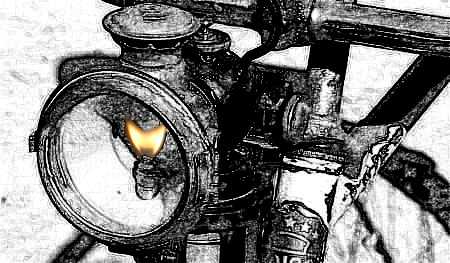
Now it was different, his Mother had died six long months ago last spring, the loneliness was unbearable. Mary was always on his mind and he would turn forty before Christmas. He just had to kick himself into action. He thought of a plan. Mary lived with her brother Tom who played cards in the village every Tuesday night. At that time the carbide lamp was the latest status symbol of dashing young men. It was a sophisticated piece of equipment. It had a bottom chamber for white carbide powder, a higher chamber with water that dripped on to the powder, forming a flammable gas, a jet protruding into the light chamber where the gas would be lit by a match and finally a little glass door to protect the flame. There was a screw tap to accurately control the water flow as too little or too much yielded no gas. There was also a built-in pump to keep the gas pressed through the jet at the right speed to create a perfect blue flame. The mirror type reflector then threw the light onto the road ahead when the whole contraption was clipped on to the bicycle. In the event of power failure, it would be necessary to call to the nearest house for a light to reset the whole thing. Now for the plan, he would call to Mary's house on Tuesday night to regulate his carbide lamp. He would call with the lamp in his hand, then even if his voice failed him, she would know what he wanted and she would invite him into the light. Then as he dazzled her with his dexterity, technical wizardry and ultra-modern equipment, speech would surely come. She might even offer him tea. He would look at her, admire her, and just be beside her. She would smile at him - oh that smile! No, no, this was too good to be true. Something would go wrong. Don't be negative, what can go wrong? There will be only the two of us and after a while his courage would come. He knocked at the door. Mary opened it. He held up the lamp. 'Paddy, you want to regulate your lamp? come into the light, Lorna's girls are here visiting. They came to say goodbye, Meg and Peg are for America tomorrow.' The kitchen was full of big redhead girls, four of them, all late teens. They were nieces, her older sister - Lorna had married Big Red Hanrahan from the mountain over twenty years ago. They had wild sons who emigrated but not before they had made a name for themselves fighting at football matches and dances. He hoped the girls would be more agreeable. They weren't. 'Did your little blue light go out?' Loud Laughter. 'Was it ever lit?' More laughter. 'Is your carbide dry?' 'No his pump is faulty' 'I think it's his little jet' Hysterical laughter. They had certainly taken after their father, with a loud brash manner, roaring red hair, big noses and little beady eyes. Mary had disappeared. He ran from the house, clasping his lamp, a broken man, distraught, humiliated, broken-hearted with the salt-tears of anger, frustration and failure burning his eyes, the coarse, squealing, mocking laughter ringing in his ears. Talk about bold, bawdy, brazen lady-dogs, those were they. Nothing could go wrong, like always, nothing went right. He had really blown all his chances with Mary now. He would never live it down. He would have to emigrate. He would have to live his whole life without love or companionship, without Mary. The thought was unbearable. He was definitely a case for the foreign legion, without hope. When he reached his bike, Mary was there. She left her hand on his and smiling said: 'Yes is my answer to your question.' They needed no light after that. Pat Watson 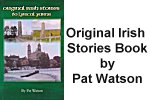
'Shy Man' is one of sixty lyrical yarns from 'Original Irish Stories' by Pat Watson, Creagh, Bealnamulla, Athlone, Ireland. First published in May 2006. Visit: https://goo.gl/59k3Ew or you can email the author here: pjwatson77@gmail.com |

HELP KEEP THIS NEWSLETTER ALIVE!
|
||||

by Joe Mullarkey The Plantation of Ulster, 1690, the history books tells us that the Catholic People of Ulster were driven from their lands and their lands were given to Scottish settlers with different culture and religion. 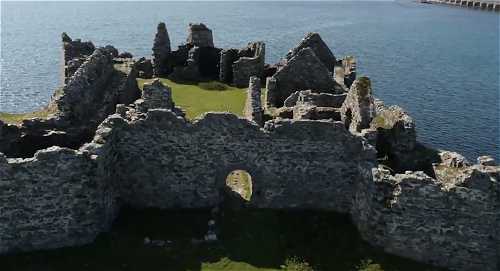
Cromwells Barracks on Inishbofin Island was used as a Prison for Irish Clergy after the Plantation of Ulster. They were given instructions not to let them back again or to employ Catholics. The Catholics were told to go 'To Hell or to Connaught'. Some settled on the bogs of Ulster but most crossed into Connaught. This is the story of one group of people that left County Antrim and settled in Sliabh Dart hills in County Galway. This story is written from talks with the elder people in Cloonkeen and Ballinross. There was supposed to have been eleven families in the group, made up mostly of Mullarkey's, with Connell's, McIntyres and McLoughlins that came first to Sliabh Dart. More families came later. Paddy Connell was told that they stopped off first in Colooney, Co. Sligo some of them settled there. The story goes that a Lord in Colooney owned the Sliabh Dart Hills and he directed them there. Bernie Brian Mullarkey, who is the oldest man in the village, describes what he was told of their coming there. It was a barren mountain when they first came, the people were frightened and they settled in a hollow not seen from any road. They built their huts in a cluster near each other for safety. The huts were built with bog-scraws and roofed with poles, scraws and rushes. There was no chimney or windows in the huts. That area, Park na Preachain or Crow Park, is also referred to as Sean Baile, (old village). The area was all rocks, heather and bushes and they had to start to make land of it with the spade and pick. Paddy Connell takes up the story. The village moved for the second time in the eighteenth century into another valley. Paddy was told they moved because a track or road between Dunmore and Cloonfad was being used and the village could be seen and they were afraid they would be attacked. This time they built their houses with stone and mortar. The houses were built right beside each other. I was told, by a woman in the village, you could go in the front door to a house visiting and leave by the back door of the next house. That was how she described how near each was to one another. It was considered an isolated village with a bad road into the village. It was an Irish-speaking village that held on to the Gaelic language longer than other villages. 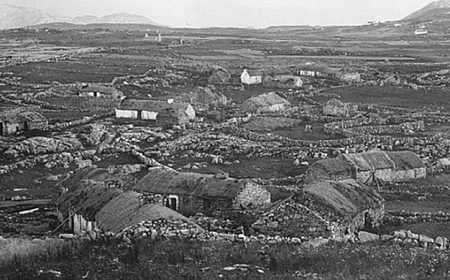
Bridget said her father showed her where it was, in a hollow on top of the mountain with three sides built up with scraws for shelter. Their grandfather went to school there. Their grandfather's name was James McIntyre. The master taught for a couple of hour's day and it was a very quiet spot. The boreen leading up there was called Bóthair na Scoile (School Road). It is all covered in trees now. The master built a house near the small lake, he made a couple of gardens out of the mountain with the spade to grow potatoes. The stones from the house and the hilly gardens are still there. Trees are growing all around it and the lake. There were two shops in the village at one time, the ruins of Regan's shop are still there. They sold up and went to America. Mullarkey's shop was in the centre of the village and they stopped trading. There was a Farragher family that were weavers. There was also a shoemaker and a rent collector but unfortunately, we do not have their names. Paddy said he heard the older people say they had a sport in the village. They fought with sticks, he didn't know if it was the ash plant or with long poles like staffs, another sport was wrestling. I asked about the Famine and Paddy said his grandfather was born a few years before the Famine and he said that they came through not so bad. John McLoughlin said he heard the old people say they ate watercress and boiled a white root dug up from the ground, it was only in one part of the land. Of course it was a close-knit village and they always help each other. The meitheal was used if anyone needed help with the work. According to records, in 1841 there were 41 houses and 221 people in the village. In 1851, 38 houses and 200 people. Twenty one people less after the Famine. not bad as other villages fared out a lot worse. Cloonkeen was always known as a great village for house dances. Mrs. Mullarkey was telling me that after the war, two girls from the village came home from England and there was a house dance every night for two weeks to welcome them home. The girls were Alice Mullarkey and Bridie Connell. Musicians in the village were John and Peter Mullarkey, Hugh Mullarkey and Bridie Connell. Those that came to play were Garret Ruane, Kiltobar; Martin Clarke, Mountdelvin and a man called Jim Greene. Most of these musicians and dancers have now passed on to their eternal reward. May they rest in peace. A lot of families moved in 1917 and 1925 to new holdings in Ardeaven near Castleplunket, County Roscommon. Names heard mentioned were Keavneys, Connells and different families of Mullarkey's. Some families also moved to Brackloon and Dunblaney near Dunmore. The farms were very fragmented and in 1950, the Land Commission set about striping the land so that each farmer had his land in one or two sections with access for water. A man called Pat Lack Mullarkey also striped the land at the visiting houses. The striping or dividing was done on the hearthstone in the ashes with the tongs and anyone got mad if the got got a small section and that's when the fun started. A new house was built for each family and that is when the village moved for the third time. This time the houses were built apart. Fourteen new houses were built. Two farmers had their houses re-roofed and did not need a new house. Now it's a modem village with a car outside each house. The village now has a fitted kitchen making business owned by Michael and Patricia Kilgarriff they were always known as a hard working honest people. All of Clare, Galway , Roscommon and most of Mayo was reserved as an enclave for the surviving Irish. The English plan was to pen in the Irish west of the Shannon River, which was seen as a defensible border, with the ocean to the west. Where the Shannon was not available in the northwest, the military settlement would seal this area. All of the islands off the coast of the enclave were cleared of the Irish or used for special purposes, such as the internship camp for priests on Inisbofin (Cromwell's Barracks). Inside this prison without bars the English hoped to make the hardcore Irish leadership impotent, there being no ports, no war industries, no fortresses, and no natural defences. All confiscated land was to be transferred on 26 September 1653 and all unauthorized Irish were to be in Connaught or Hell by 1 May 1654. And Cromwell himself? He died in 1658 and was buried with kings in Westminster Abbey. But by 1660, the king was back on the throne, and by 1661 Cromwell's body was exhumed from the Abbey, and his head was placed on a pole in front of Westminster Hall and his body buried at sea. The original research for this article was carried out by Eddie Bermingham sometime in the 1960s. 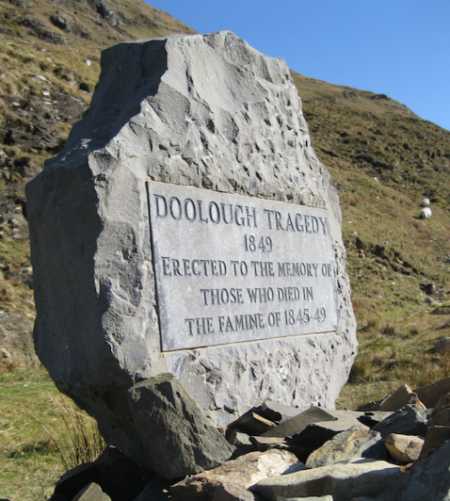
A comparative event is the Adelphi Lodge walk On Friday the 30th of March 1849, hundreds of starving people arrived at Louisburg from far and wide to be counted and assessed for the continuation of their 'outdoor relief'. Failure to attend would result in being struck off the register. The two officials responsible, a Captain Primrose and a Colonel Hogrove had decided not to remain at Louisburgh to carry out the inspection but to go on to Delphi Lodge, resulting in those being assessed having to follow on foot for counting by the following morning at 7 a.m. The inspection took place on that second day, but without any food or practical assistance being proffered. The 'paupers' had then no choice but to make the 16 mile return journey once again on foot in the most appalling of weather conditions. Many perished along the way. ~~~ Joe Mullarkey is originally from Ballybeg, Tullaughane, Ballyhaunis County Mayo and is currently living in Carrigaline in County Cork. He can be contacted at: jpmullarkey@eircom.net |


find out more |

 BARBAROUS MURDER The Cavan Herald, October 5, 1824 A murder of a most atrocious nature was perpetrated at Conranstown, near Kilbeggan, about six o'clock on Friday evening last, on the person of Mr. ROBINSON, who had formerly been a respectable miller residing in that neighbourhood. It appears that the feeling of ill will towards this Gentleman, had its rise so long back as 1798. 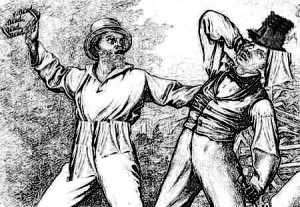
Since that period several attacks had been made upon him which in more than one instance were near proving fatal. The causes which led the brutalized populace to imbrue their hands in the blood of this Gentleman are numerous..... In the first place, he was a PROTESTANT, and, in addition to his crime, had signalised himself as a person of loyal and uncompromising principles in 1798; but he was more over the very person who immediately after the battle of Clane, took KEARNS, the Priest, and who was instrumental in causing his death. Being guilty of the death of a Priest, though the Priest be a rebel, is a crime of too dark a nature to be forgiven, even though twenty-six years should have passed since Mr. ROBINSON was guilty of it. From the attacks which had previously been made upon Mr. ROBINSON's life, he was exceedingly cautious in travelling, even in the immediate vicinity of his own house at night, and on the day of the murder he had been confined to his bed. He was, however, unfortunately induced on pretence of urgent business to quit his house on the evening in question. Having arrived at Conranstown, he was attacked by a band of assassins, who knocked their victim down, and dragged into an adjoining potatoe field, where in the most savage manner, they beat his brains out with stones, and buried him in one of the furrows of the field. A Coroner's inquest was held on Sunday, and a verdict of wilful murder against some persons unknown. It is another specimen of Tranquillity - here is another victim to conciliation. The fact of such a murder being committed - one in which, of necessity, many must have been concerned - at such a time, and in such a place, and the perpetrators remain 'unknown,' speaks volumes as to the state of the Country, and gives damning proof of the feelings of the people. |

|
||||

View the Archive of Irish Phrases here: http://www.ireland-information.com/irishphrases.htm |

The winner was: Tardis54@icloud.com who will receive the following: A Single Family Crest Print (usually US$24.99) Send us an email to claim your print, and well done! Remember that all subscribers to this newsletter are automatically entered into the competition every time. I hope that you have enjoyed this issue! 
by Michael Green, Editor, The Information about Ireland Site. http://www.ireland-information.com Contact us Google+ (C) Copyright - The Information about Ireland Site, 2018. 17 Páirc Ghrainbhil, Carraig Dubh, Contae Baile Átha Cliath, Ireland Tel: 353 1 2893860 |

MARVELOUS GIFTS FOR ANY OCCASION FREE DELIVERY TO YOUR DOOR 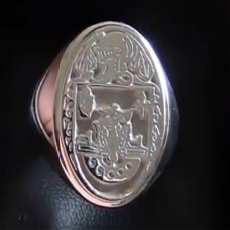
BIG REDUCTIONS! Stunning Family Crest Signet and Seal Rings 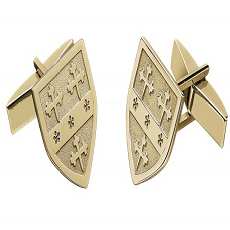
DISCOUNTED FOR A LIMITED TIME Elegant Cufflinks 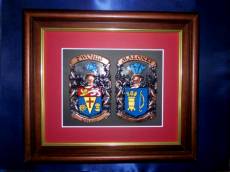
Incredible Family Crest Plaques Made in Ireland 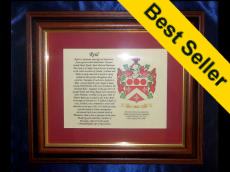
Superior Framed Family Crest Parchments 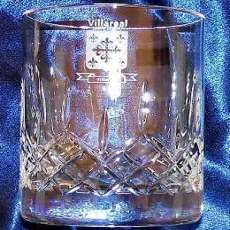
Gorgeous Glistening Galway Crystal 'Your-Name' Old Irish Sign NEW DESIGNS! 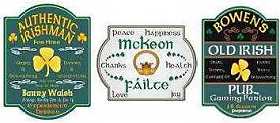
From US$34.99 - Free Delivery 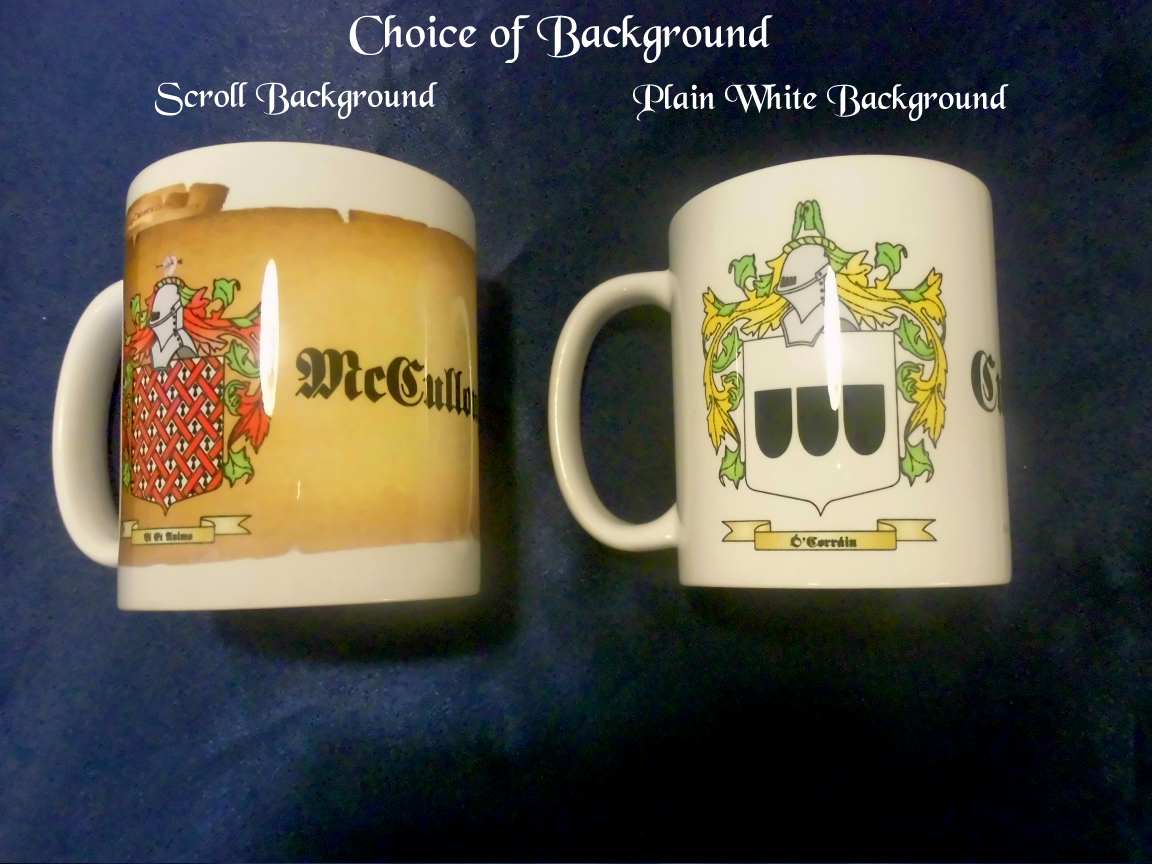
New Designs available on our Coffee Mugs 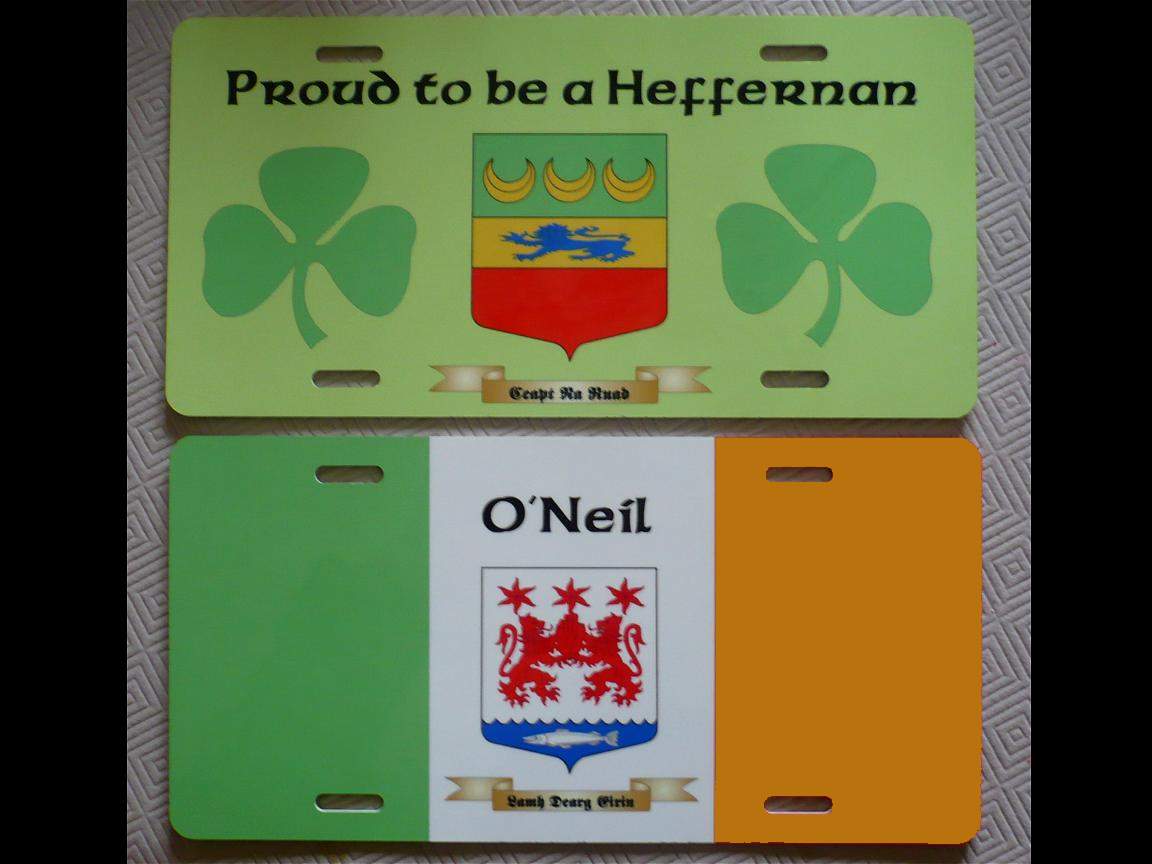
Personalized Licence Plate 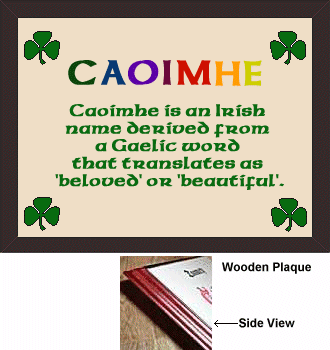
Personalized First Name Plaque. Great for Kids! 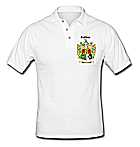
'Your-Name' Polo & Tee Shirts 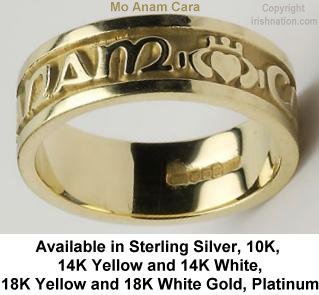
From US$69 Delivered BIG REDUCTIONS! Stunning Engraved Rings from Ireland with Irish Language Phrases. Mo Anam Cara: My Soul Mate Gra Dilseacht Cairdeas: Love, Loyalty, Friendship Gra Go Deo: Love Forever Gra Geal Mo Chroi: Bright Love of my Heart SEE MORE GREAT OFFERS AND DISCOUNTS AT: IRISHNATION.COM FREE DELIVERY FOR A LIMITED TIME! |



